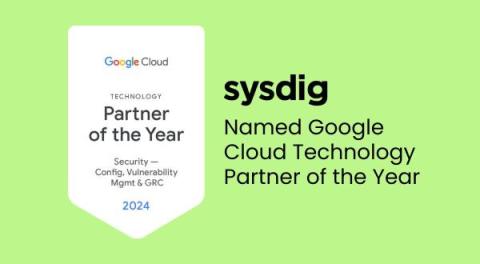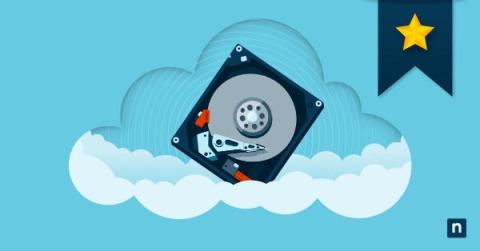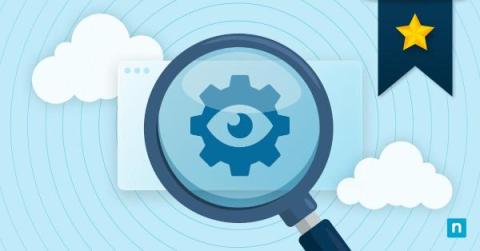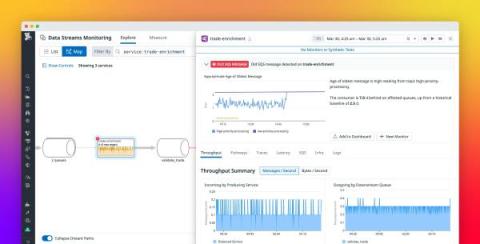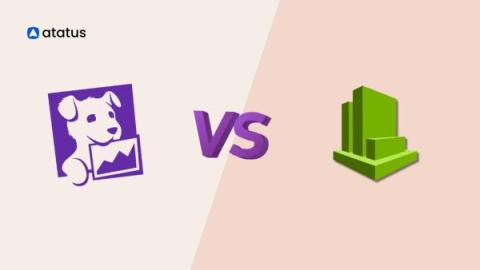Why Sysdig has been recognized as the Google Cloud Technology Partner of the Year 2024
Sysdig has been awarded Google Cloud’s 2024 Technology Partner of the Year for Security, excelling in the “Configuration, Vulnerability Management, and GRC (Governance, Risk and Compliance)” segment. This award acknowledges Sysdig’s innovation and commitment to customer success.


